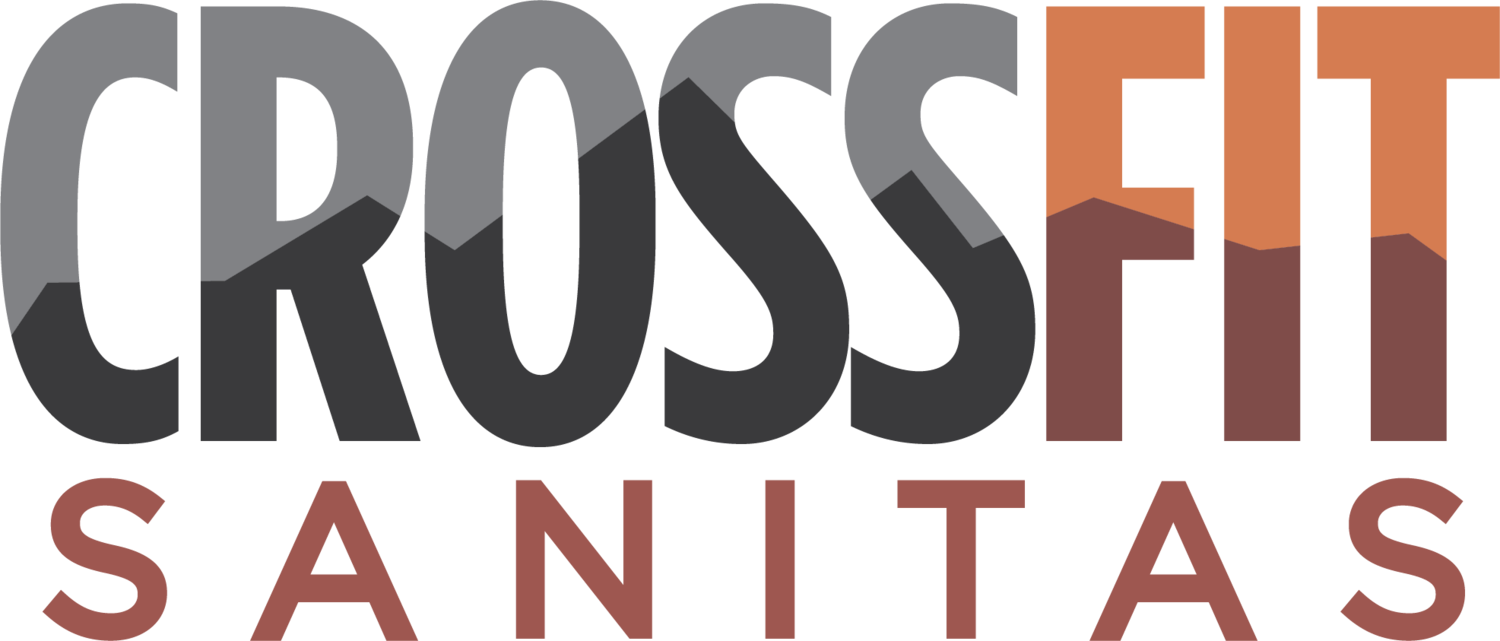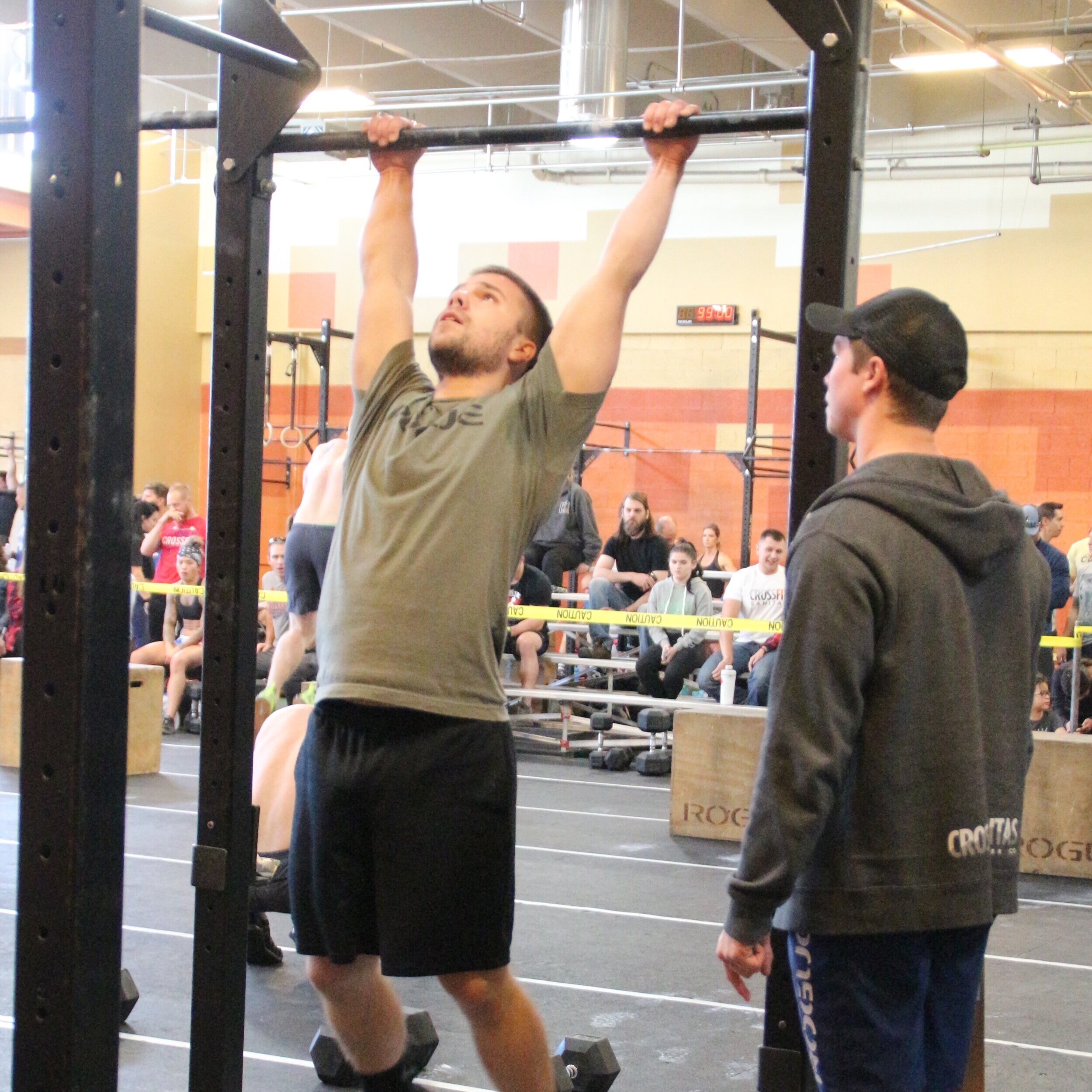CrossFit Hand Care
Pull-ups are one of the all-time great functional movements, but can have some collateral damage on the hands. Since we have been doing pull-ups regularly in the gym, we thought it would be timely to pass along some tips to reduce the wear and tear on your hands!
Calluses typically form just below the fingers as a result of friction and pressure. Some level of callusing is to be expected from CrossFit, and is actually protective. However, without proper care, calluses can rip mid-WOD, especially during pull-ups. We also see rips in the middle of the palm due to pull-up friction. Neither type of rip is a whole lot of fun.
To minimize the chance of ripped skin:
1) Care for your calluses in between workouts
If they get rough, file them down using a pumice stone, callus shaver or pedi-egg
For tough guys and gals, use a dremel or fine grain sandpaper (really, both work great)
Moisturize regularly with lotion or Vaseline petroleum jelly
2) Practice proper pull-up grip form.
The ideal grip is a full reach-around, with the palm on top of the bar, thumb curled around to touch the index finger, and an external shoulder rotation (just like a barbell grip) so you feel pressure towards the outside of the hands.
3) Use chalk sparingly
Chalk can help prevent slipping when things get hot and sweaty, but is a prime culprit in ripped skin. Some CrossFitters never use chalk for this reason – it is a matter of personal preference.
If your skin does rip during a workout:
1) Prevent infection. This is a must.
Clean your hands immediately and thoroughly with soapy water. (Yes it will hurt)
Use an antibacterial ointment or hydrogen peroxide. (Yes it will hurt)
2) Accelerate recovery. Here’s some techniques used by other gym members and coaches, use at least once/day until recovered:
Preparation H followed by Vitamin E (no pain)
NewSkin (Yes it will hurt) covered with moleskin
Vaseline covered with a band-aid (no pain)
These three techniques have yet to be subjected to a rigorous scientific controlled experiment, so please share your experiences with us. Regardless of whether you use a, b or c, you should be back to 100% within a week or less.



